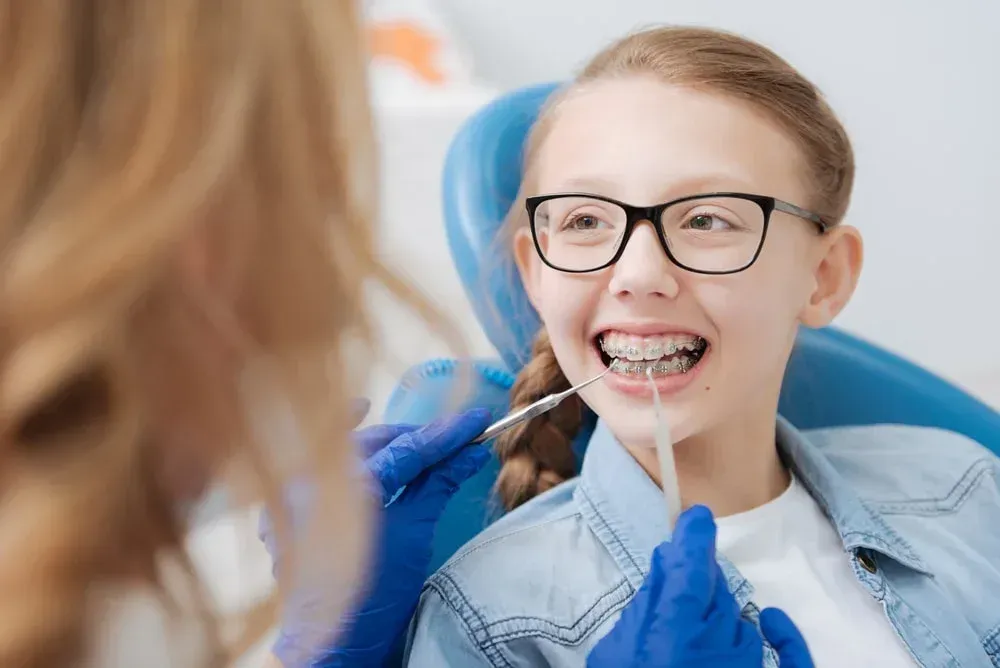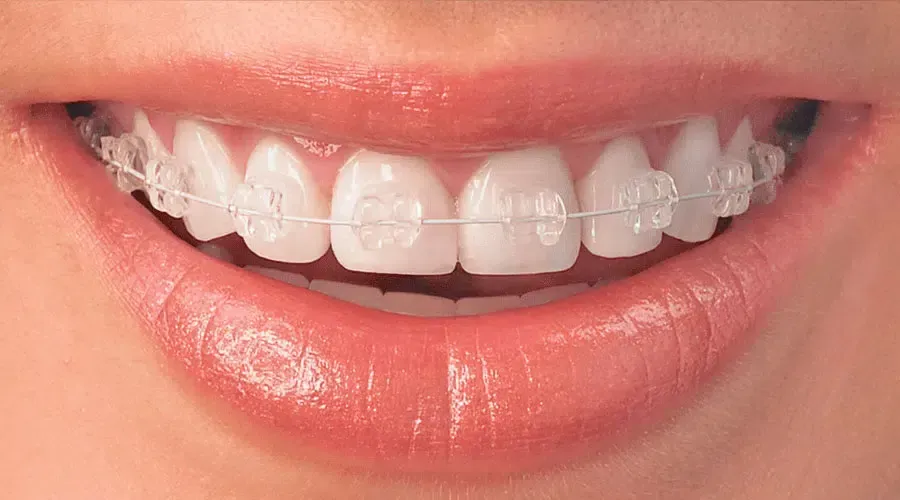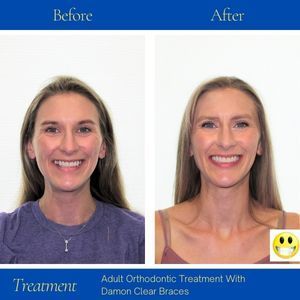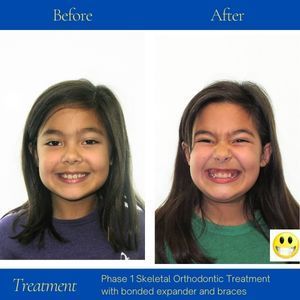Is Your Child Struggling to Breathe? Discover How Orthodontics Can Help
Is Your Child Struggling to Breathe? Discover How Orthodontics Can Help
As a parent of an 8-15-year-old, you may be concerned about your child's health and quality of life. Did you know that airway problems can exist even if your child is able to breathe normally? A constricted airway can affect your child's overall health and cause a range of problems, such as snoring, sleep apnea, and difficulty breathing. Fortunately, orthodontic treatment can be a powerful tool for improving airway function and reducing related problems.
Your orthodontist may suggest jaw expansion as a preventive measure to create more space in your child's mouth. This can improve the position and function of the tongue and other soft tissues, leading to improved breathing, better sleep, and an overall improvement in quality of life. Orthodontic treatment is often most effective when started at a young age, as the jaw and facial structures are still developing. However, jaw expansion can also be effective in adults, and may be recommended for individuals who are experiencing airway problems or other related issues.
So, how can orthodontics be used to open the airways and improve breathing? There are several ways:
- Expansion of the Maxilla: The maxilla is the upper jaw bone, and when it is too narrow, it can cause the airways to be constricted. Orthodontic treatment can expand the maxilla using a variety of methods, such as palatal expanders or braces. This expansion can create more space for the tongue and other soft tissues, which can improve breathing and reduce snoring.
- Correcting Malocclusions: Malocclusions, or bite problems, can also contribute to airway obstruction. When the teeth do not fit together properly, it can cause the jaw to shift and the airway to narrow. Orthodontic treatment can correct these bite problems, which can improve airway function.
- Addressing Skeletal Abnormalities: In some cases, skeletal abnormalities can contribute to airway problems. For example, a retruded chin can cause the tongue to fall back and obstruct the airway. Orthodontic treatment can address these skeletal issues, which can improve airway function and reduce snoring and sleep apnea.
- Using Functional Appliances: Functional appliances are specialized orthodontic devices that can help to improve airway function. These appliances work by repositioning the jaw and tongue, which can open up the airway and improve breathing.
Your orthodontist will take into account your child's individual needs and goals when developing a treatment plan. They will discuss the potential benefits and risks of jaw expansion or other orthodontic treatments with you in detail, and work closely with you to determine the best course of treatment for your child's needs and goals.
In conclusion, if you are concerned about your child's breathing, it may be worth considering orthodontic treatment as a potential solution. Orthodontics can help to improve airway function and reduce related problems, such as snoring and sleep apnea. Book a consultation with your orthodontist to discuss treatment options and take the next step in improving your child's health and quality of life.











